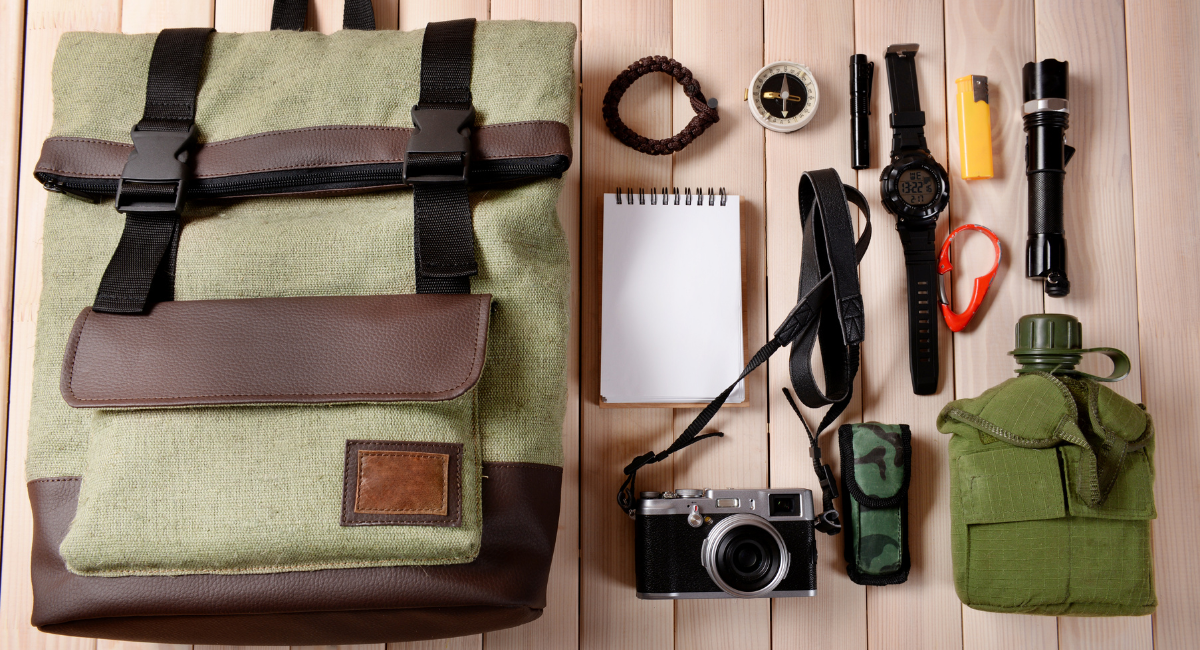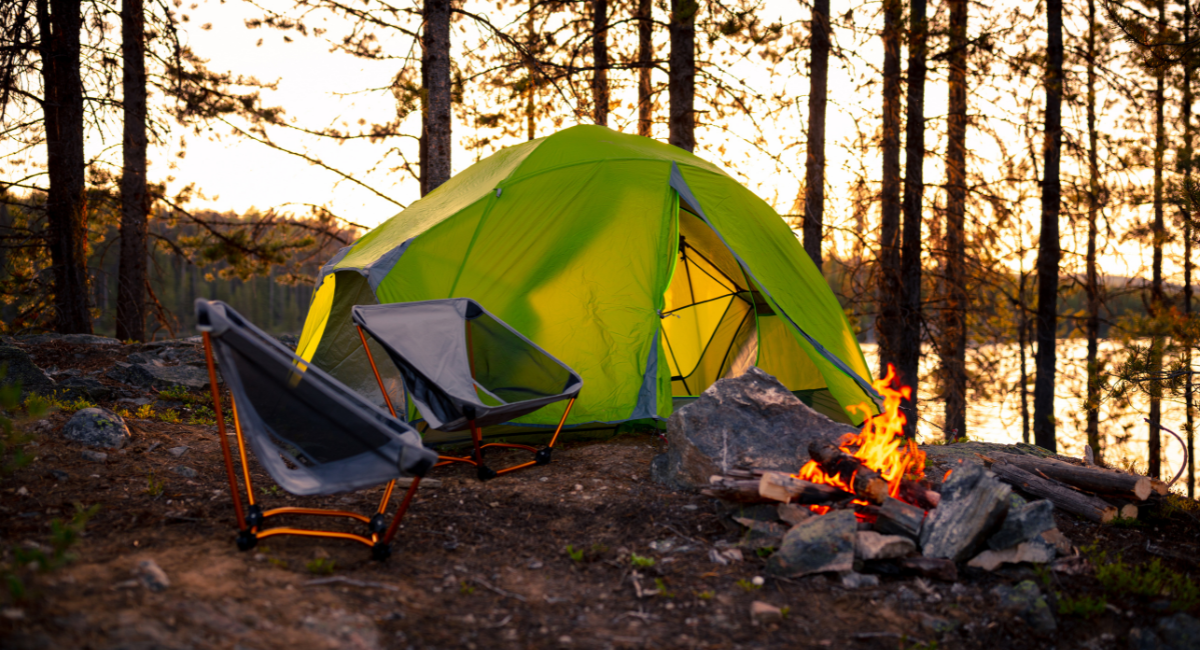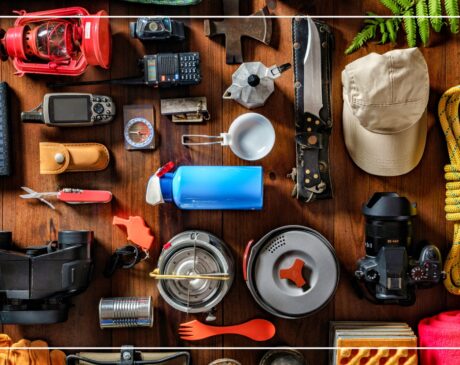Load Up and Set Out: Backpacker Gear and Packing Essentials

Embarking on your inaugural hiking journey? Allow us to steer you in the right direction; in our article “Load Up and Set Out: Backpacker Gear and Packing Essentials”, we’ll explore the essentials that every backpacker should consider when loading up for their expedition.
Why choosing a backpack travel?
Choosing the right travel backpack is a decision that can significantly impact your comfort, convenience and overall experience during your journey.
Here are several key considerations for why selecting the appropriate backpack for travel is crucial.

Mobility and Convenience
- On-the-Go Lifestyle: a travel backpack allows you to move easily through various environments, whether navigating crowded airports, exploring urban landscapes, or trekking through natural terrain.
- Hands-Free: unlike traditional suitcases, backpacks leave your hands free, providing greater freedom of movement. This is especially beneficial when navigating public transportation or uneven surfaces.
Versatility and Adaptability
- Multi-Purpose Use: travel backpacks are designed to be versatile, suitable for a range of activities from city exploration to outdoor adventures. They often feature multiple compartments for organized packing.
- Adaptability: backpacks are well-suited for different travel styles, accommodating both short-term city stays and longer journeys where you may need to carry your belongings for extended periods.
Compactness and Portability
- Space Efficiency: travel backpacks are designed to maximize space while remaining compact. They often have a streamlined design, making it easier to navigate tight spaces and store your bag when necessary.
- Easy to Carry: the ergonomic design of travel backpacks ensures that weight is distributed evenly, reducing strain on your back and shoulders. This makes them comfortable for extended periods of wear.
Security
- Anti-Theft Features: many travel backpacks come equipped with security features such as lockable zippers, hidden compartments, and RFID-blocking pockets, providing peace of mind in crowded or unfamiliar environments.
- Closeness to Body: wearing your belongings on your back makes it more challenging for potential thieves to access your valuables compared to traditional luggage.
Flexibility in Transportation
- Navigating Different Terrains: a backpack is more adaptable to various terrains, allowing you to move seamlessly from smooth airport floors to rough outdoor trails without the need for specialized luggage.
- Accessibility: easily stow your backpack in overhead compartments on planes, buses, or trains, avoiding the need to check in luggage or wait at baggage claim.
Cost-Effective Travel
- Avoiding Fees: travel backpacks are typically carry-on sized, helping you avoid checked baggage fees on airlines. This can result in significant cost savings, especially for budget-conscious travelers.
Cultural Adaptation
- Blending In: backpacks are a common sight among travelers, making you less conspicuous in many regions. This can be advantageous in terms of cultural adaptation and safety.

Backpacking Checklist
A backpacking expedition has the potential to be a life-altering adventure, provided you’re adequately prepared.
Utilizing a backpacking checklist is the optimal method to assess your gear before setting out.
Our practical checklist encompasses the necessities for trips ranging from overnight escapades to week-long sojourns in the great outdoors.
It’s important to note that this list is tailored for three-season backpacking, with specialized equipment required for situations like snow camping, desert camping, or thru-hiking.
Let the packing commence! Load up and set out with packing the essentials!
Backpack Selection: Your Mobile Home on the Trail
Choosing the right backpack is the cornerstone of a successful backpacking trip. Opt for a pack that suits the length of your journey; a 50 to 80-liter backpack is ideal for three-season backpacking, providing ample space for essentials.
Consider features such as sleeping bag compartments, pockets, and the overall fit. Factors such as carrying capacity, features, materials and fit should guide your selection.
Shelter: Your Refuge in the Wilderness
Selecting the right shelter is paramount for a comfortable night’s rest; tents, tarps, and hammocks are popular choices.
Tents offer a good balance of space and protection, while tarps are lightweight and space-saving. Hammocks provide a comfortable option in warmer weather.
Sleep System: Insulation for Restful Nights
A quality sleep system is essential for recharging during your backpacking journey. Choose a sleeping bag or quilt with a comfort rating suitable for the expected temperatures.
Pair it with a sleeping pad that provides adequate insulation. Traditional mummy bags and quilts have distinct advantages, and it’s vital to consider temperature ratings and pad insulation.

Water Storage, Stove and Cookware
Staying hydrated is a top priority while backpacking; ensure you have a reliable water storage system, such as a bottle or reservoir, and a purification system.
Keep in mind the need for backup filtration systems and strategies for freezing temperatures. It’s essential to anticipate potential clogs and freezing issues, as well as to carry backup filtration systems.
Canister stoves are lauded for their convenience, but considerations for efficiency in cold temperatures and higher altitudes lead some to opt for liquid fuel stoves.
Food and Snacks: Fueling Your Adventure
Food and snacks are critical considerations, with caloric needs, emergency provisions, and bear country precautions in mind. Aim for calorie-dense foods and pack more than you think you’ll need.
Apparel, Footwear and Personal Hygiene
Layering up with appropriate apparel is essential for comfort and safety. Embrace wool or synthetic layers, avoid cotton and carry adequate rain gear.
Footwear choices are subjective, with options ranging from hiking boots to sandals. Consider factors like load, terrain, and personal preference.
Personal hygiene in the backcountry involves essentials like a trowel, toilet paper, hand sanitizer and more.
The approach varies based on the environment and attention is drawn to considerations such as WAG bags and menstrual products.
Electronics and Navigation Tools
Electronics, including power banks, headlamps and satellite messengers, are vital for communication and navigation.
While a small power bank suffices for most, extended trips may warrant a solar charger. Navigation tools like maps and compasses are indispensable, with GPS devices and navigation apps considered optional backups.
Repair and Emergency: Preparedness for the Unexpected
For repairs and emergencies, a comprehensive first aid kit, prescription medications, moleskin,and versatile tools like a knife or multitool are essential. Duct tape emerges as a versatile solution for both medical emergencies and gear repairs.
A successful backpacking adventure begins with thoughtful preparation and the right gear.
Load up with these essentials, and you’ll be ready to set out on a journey filled with breathtaking landscapes and unforgettable experiences.
Did you like our article “Load Up and Set Out: Packing Essentials “? Happy trails!



